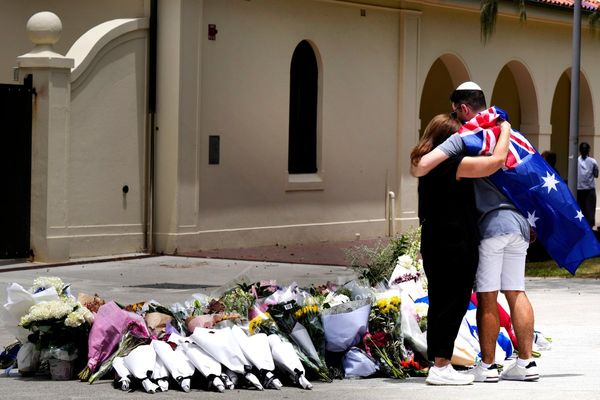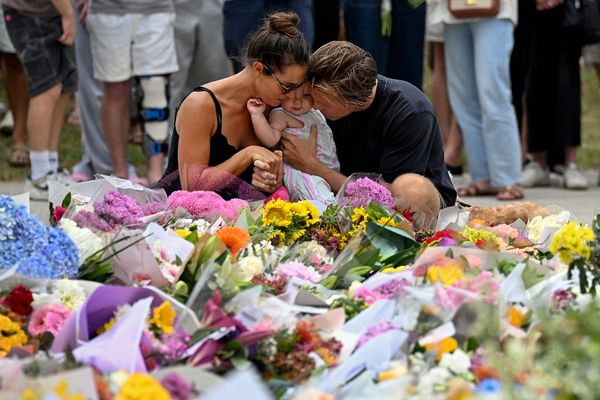
Prime Minister Anthony Albanese’s jobs and skills summit will be his first contribution to the famed Labor tradition of crafting consensus through big-ticket events.
“We intend to bring together business, unions, civil society groups, other levels of government,” he said, angling for optimal inclusion when he announced the September summit at a press conference yesterday.
Albanese appears to be following the playbook of parley pioneer Bob Hawke, who rolled out the 1983 National Economic Summit almost immediately after taking office.
“I’d promised we’d have that summit within a month of me coming to office. We did, and we had the representatives, federal government, state government, local government, large employers, small employers, trade unions, churches, welfare organisations,” Hawke told the ABC in a 2012 interview.
Hawke hailed the accord as a historic anomaly that allowed his government to execute an economic U-turn Australia had not seen since: “Virtually all of the success, the economic success of 1983, stemmed from the summit.”
After being reelected in 1984, Hawke rolled out the second in his summit series: a taxonomy of tax reform. A slew of changes was introduced on the back of the solidarity session, including reforms to non-cash fringe benefits, out-of-home allowances, entertainment expenses and deductibility, capital gains tax, wholesale sales tax, and a number of other topics with “tax” in their title.
In the decades since, certain Labor prime ministers have tried their hands at a signature Hawke-style summit, pulling players under a single roof with a plan to impel revolutionary policy. In 2008, former prime minister Kevin Rudd launched his 2020 summit, bringing together 1000 big minds nationwide to think bigger about the nation’s future, plus a directory on how to get from A to B.
In a 2020 review of the 2020 summit, Rudd (surprisingly) credited collaboration as the reason for reforms that included organ donation, specialised emergency response, the National Disability Insurance Scheme (NDIS), the ABC, and a carbon price that never made it past the ideation phase. He called the “spirit of openness” a winning formula.
“We weren’t so full of ourselves that we thought we knew everything. John Howard lost the 2007 election partly because his government had stopped listening and had run out of ideas. We were determined to do it differently. So we brought together a wide cross-section of the nation’s policy leaders and people from all walks of life,” Rudd wrote in his favourite Murdoch paper, The Australian.
It’s unsurprising that the architect admires his own work. While Rudd sang his own praises, many others declared it to be little more than a “talkfest”, with few ideas from the day making it off the drawing board. It is true that neither traffic-light labelling on packaged food nor the Australian republic has yet been green-lit.
Judith Sloan, who attended the summit, was particularly scathing in her 2020 review: “Now I’m not against a bit of hand-waving, crystal ball-gazing or blue-sky thinking, but the 2020 summit was simply an extension of the prime minister’s crazy, technocratic, top-down approach to governing.”
Journalist David Marr, who also attended, took a slightly different tone in a 2011 interview on ABC’s Future Tense. He placed value on “ambitious” ideas that were “intelligently debated” in a “surprisingly bipartisan” context.
“None of us were under any illusions about how difficult it would be to achieve the things we were talking about,” he said. “But you see the thing about 2020 was that you were to take out of the air and put to one side questions of political difficulty. This was an exercise to look at what we should do if it were possible to achieve.”
But he was wary about the bar set by such big ideas: “There was this marvellous arc of hopes raised and then hopes just quietly being dashed over the years that followed.”
Perhaps this was why the summit has been largely on standby ever since. That said, the hiatus was punctuated by the momentous 2015 National Reform Summit, a bipartisan co-production between The Australian Financial Review and The Australian with ambitions to “widen the common ground for promoting growth, jobs and prosperity”. A noble meeting of media minds.
So just how valuable is a summit as a mechanism to craft policy?
Mark Bray, professor emeritus at the University of Newcastle, is optimistic that Albanese’s commitment to consensus-driven politics will engender good policy, but he cautions that without broader commitment the summit is at risk of leading nowhere.
“Talking is a terrific thing in and of itself, but whether they have a lasting impact depends on how much support they get in the aftermath,” he said.
“It’s not just a matter of leadership, it’s about bureaucratic drive-through. A lot of that is gold fluff to many people, but it’s really the devil in the detail that will determine it is not just a talkfest.”
Albanese came into office promising out with “my way or the highway” politics and in with consensus. A summit of 100 people may not level with Hawke or Rudd, but it will probably engender more ideas than Turnbull’s infamous “ideas boom”.







